In 2018 and 2019, UNC School of Medicine’s Dr. Ed Kernick received the highly distinguished “Professor Award” at graduation. This award, selected by the senior class, is given in recognition of a faculty member who, by his or her willingness, understanding and ability, has contributed the most to students’ medical education.

Dr. Kernick delivered the address at this year’s UNC School of Medicine Hooding Ceremony on May 11. We sat down with Dr. Kernick to discuss his work and perspective on the state of medical education today.
Q: How has medicine education changed since you began teaching in the field?
A: “I began working in medical education in 2000. Since that time, there has been a pretty big shift to get students into clinical application and rotations earlier in their medical education career. When I first began this work, students’ pre-clinical stage of medical education was much longer: they had a couple of years of basic science courses before they began to focus on patient care. Now our students begin learning about patient care practically within their first week, and they are in clinic about 18 months after that.
The pendulum has swung considerably, and it needed to swing. The amount of information out there for our students to learn has grown exponentially and there is no way to deliver all of this information in school. Instead, we deliver basic concepts and teach students how to access the information they need when working with an individual patient. Once in the field, students will retrieve specialized information using the technology that is available to them at their fingertips. The result is that students are light years ahead. They are able to step in and care for patients after four years of medical education.”
Q: You teach human anatomy and neuroanatomy for the schools of medicine, dentistry, and the physical therapy and physician assistant programs. What do the changes in medicine mean for the way we are preparing future physicians and healthcare providers?
A: “Students are more prepared than they have ever been. From an anatomical sciences perspective, we used to try to teach every nerve, blood vessel, vein, ligament in the body. The reality was that students were not going to remember these ultra-details. We have shifted away from that—we are not trying to train anatomists. Instead, there is a focus on understanding anatomical conceptsthat prepare students for excellence in patient care. Students learn information in courses and then immediately see it when working with patients in clinic. Once they see it in clinic, the concept clicks.”
Q: You have been recognized with numerous teaching awards, including last year’s “Professor Award” given by graduating students to the instructor who contributed most to their education. Tell us about your teaching philosophy. What is the secret to your success?
A: “I love what I do, and I believe this translates into student success. My goal is to translate my passion for the field to students so they become passionate about it, too.
The role of a faculty member is to facilitate. My job is to facilitate students’ learning. I focus on delivering information that will be most important to students in their careers. Students value knowing that we are focusing on what they need to know. There are no curveballs.”
Q: UNC will open a new medical education building in 2022. What are some of the ways you see the new space facilitating and enhancing your teaching?
A: “I cannot wait for the new medical education building. From a teaching perspective, the layout will allow for better teaching and learning. We will have one large facility for teaching structural anatomy as opposed to the multiple small rooms that we currently use. A class will be able to work with multiple specimens, and students will be able to learn from the work of others in the room.
The building is also going to facilitate community. Students, faculty, and medical professionals from the dental, medical, nursing, physical therapy, and physician assistant fields will be able to congregate together in open spaces. Medicine is a team sport. Patient care is not isolated anymore, and the new building will promote the inter-professional education that we need.”
Q: From 2013-2017 you held the Wallace ’69 and Phyllis Baird Medical Alumni Distinguished Teaching Professorship, which includes funding for faculty innovation. How were these funds integral to how you approached innovation?
A: “The funds allowed me to focus on professional development, for myself and for my students. I traveled to several medical education conferences that I would not have otherwise been able to attend due to travel costs. Meeting medical educators from across the globe has improved my knowledge and teaching.
On the home front, I was able to focus on putting together self-directed learning modules for my students. The current trend in self-directed learning allows us to better meet the needs of today’s students who have lives outside of school. Students with families or those who do not live right by campus need opportunities to learn things on their own time. Through e-learning modules like those I have developed, students can take a deep dive into herniated disks, rotator cuffs, or ACL injuries and gauge their understanding through embedded assessments. The funds helped me build my library of modules, which is now up to about 400 five or six-minute modules.”
Q: If you had $1 million to give to UNC Medicine in support of the School of Medicine, how would you invest your gift?
A: “Faculty development. UNC is a leading school in supporting faculty development, and I would like to see that continue to be the case. Faculty development improves our approach to medical education, and students crave being taught by good educators who are passionate about their subject area.”
